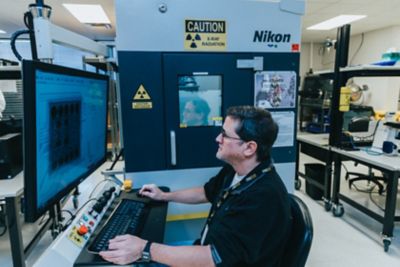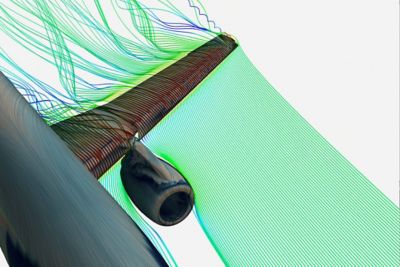Technical Paper
Best Practice: RANS Turbulence Modeling in Ansys CFD
Turbulence modeling is one of the main sources of uncertainty in CFD simulations of technical flows. This is not surprising, as turbulence is the most complex phenomenon in classical physics. Turbulent flows pose a multi-scale problem, where the dimension of the technical device is often of the order of meters (or even 102 meters in case of airplanes and ships), whereas the smallest turbulence vortices are of the order of 10-5 -10-6 meters for high Reynolds number flows. Direct Numerical Simulation (DNS) of turbulence is therefore restricted to very small flow domains and low Reynolds numbers. Even the reduction in scales through Large Eddy Simulation (LES), does not lead to acceptable turn-around times for most technical flow simulations, especially in cases where wall boundary layers are important, as is most often the case. A practical solution to this dilemma is offered through the concept of the Reynolds-Averaged Navier-Stokes (RANS) equations.
The goal of this paper is to guide a user through the process of optimal RANS model selection within the Ansys CFD codes, especially Ansys Fluent and Ansys CFX.










